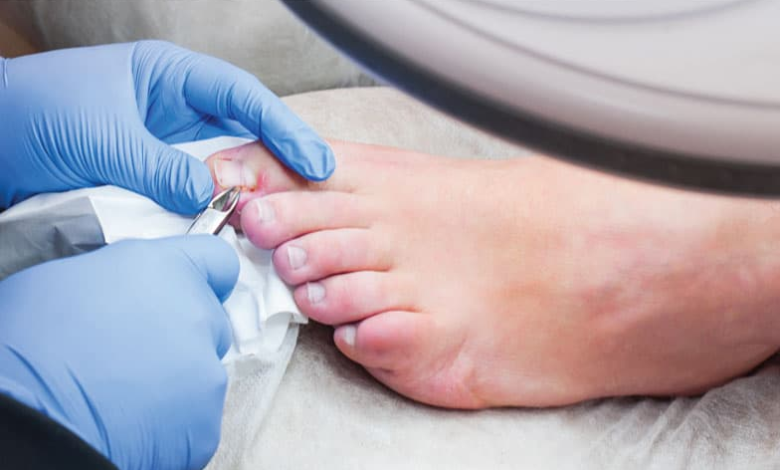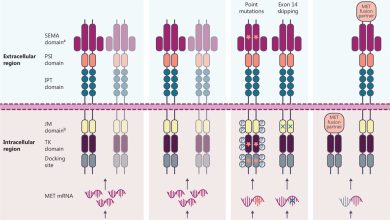What Symptoms Indicate Progress in Toenail Removal Healing Stages?
What Symptoms Indicate Progress in Toenail Removal Healing Stages?

Undergoing toenail removal can be a significant step toward resolving persistent toenail issues, such as ingrown toenails, fungal infections, or trauma. Understanding the healing process and recognizing the symptoms that indicate progress can be incredibly reassuring. Knowing what to expect can help ensure that recovery is smooth and that any concerns are addressed promptly. In this blog post, we will explore the symptoms that signal progress in toenail removal healing stages and provide some tips for managing recovery effectively.
The Healing Journey: What to Expect
After a toenail removal procedure, the healing journey typically unfolds in several distinct stages. Each stage comes with its own set of symptoms and milestones, reflecting how well the healing process is progressing. Here’s a closer look at these stages and the positive signs you should look out for.
Initial Recovery (Days 1-3)
The initial recovery phase immediately following the toenail removal is characterized by swelling, discomfort, and potential bleeding. This is a normal part of the healing process. Key symptoms to watch for during this phase include:
- Reduced Pain: While some discomfort is expected, the intensity should gradually decrease as days go by.
- Decreased Swelling: Swelling typically peaks within the first 24 to 48 hours. If you notice that the swelling is starting to subside, it’s a positive indication that the healing process is underway.
- Controlled Bleeding: Any initial bleeding should lessen as the wound starts to clot and form a protective scab.
2. Early Healing (Days 4-10)
As the healing progresses, the early stage of recovery involves new skin growth and continued reduction in inflammation. Positive signs during this stage include:
- New Tissue Formation: Observing the development of new, healthy tissue at the site of the removal is a clear sign that the healing process is advancing. This tissue may appear pink and slightly raised.
- Reduced Sensitivity: The sensitivity around the area should start to diminish. If the pain is manageable and decreasing, it indicates that the healing process is on track.
- Less Discoloration: Any bruising or discoloration around the toenail area should start to fade, signaling that the initial trauma is healing well.
3. Mid-Healing (Days 11-21)
The mid-healing stage often brings more noticeable improvements as the toenail bed continues to recover. Symptoms that suggest progress during this stage include:
- Enhanced Comfort: By this time, you should experience a significant reduction in pain and discomfort. You may notice that walking and other daily activities become easier.
- Healing of the Skin: The skin around the toenail area should appear smoother and more resilient. The site of the removal should look healthier and less inflamed.
- Reduced Risk of Infection: If the area appears clean, with no signs of unusual redness, pus, or increased pain, it is a good indicator that there is no infection and that healing is proceeding well.
4. Late Healing (Weeks 3-6)
As you move into the late stages of healing, the toenail bed should be well on its way to recovery. Positive symptoms during this period include:
- Regrowth of the Toenail: If the toenail was partially removed, you may start to see the beginnings of new nail growth. Even if the toenail hasn’t fully regrown, the presence of new nail tissue is a good sign of recovery.
- Normal Appearance: The overall appearance of the toenail area should be close to normal. Any residual swelling or discoloration should be minimal.
- Improved Function: Your ability to walk, exercise, and resume normal activities should return to pre-procedure levels.
5. Full Recovery (Weeks 6-12 and Beyond)
Full recovery can take several weeks to months, depending on the extent of the toenail removal and individual healing rates. Indicators of full recovery include:
- Complete Nail Regrowth: If the entire toenail was removed, you should see full regrowth within several months. The new nail may appear different initially, but it should become more normal in appearance over time.
- Absence of Pain or Discomfort: By this stage, you should experience no pain or discomfort related to the toenail removal. Any residual sensitivity should be minimal.
- No Complications: There should be no signs of complications, such as persistent infection, excessive swelling, or abnormal nail growth patterns.
Tips for Supporting Healing
To support the healing process and ensure that you experience the positive symptoms discussed above, consider the following tips:
- Follow Aftercare Instructions: Adhere to the aftercare instructions provided by your healthcare provider. Proper wound care, including keeping the area clean and dry, is essential for optimal healing.
- Manage Pain and Swelling: Use over-the-counter pain relievers and anti-inflammatory medications as directed to manage pain and swelling. Elevating the foot can also help reduce swelling.
- Avoid Strain: Refrain from activities that put excessive strain on your feet, such as high-impact exercises, until you are fully healed.
- Watch for Signs of Infection: Keep an eye out for any signs of infection, such as increased redness, warmth, or pus. Contact your healthcare provider if you have concerns.
Conclusion
Understanding the symptoms that indicate progress in toenail removal healing stages can help you feel more confident and informed throughout your recovery. From the initial healing phase to the complete regrowth of the toenail, recognizing positive signs can reassure you that the healing process is on track. By following proper aftercare and paying attention to your body’s signals, you can support a smooth and successful recovery journey. Remember, if you have any concerns or unusual symptoms, always consult with your healthcare provider to ensure the best possible outcome.








